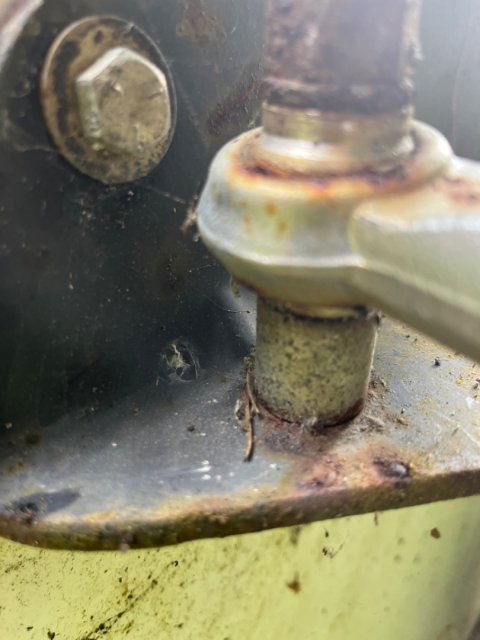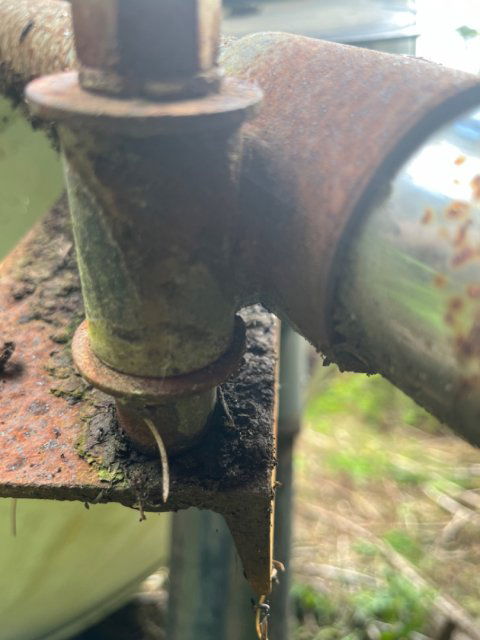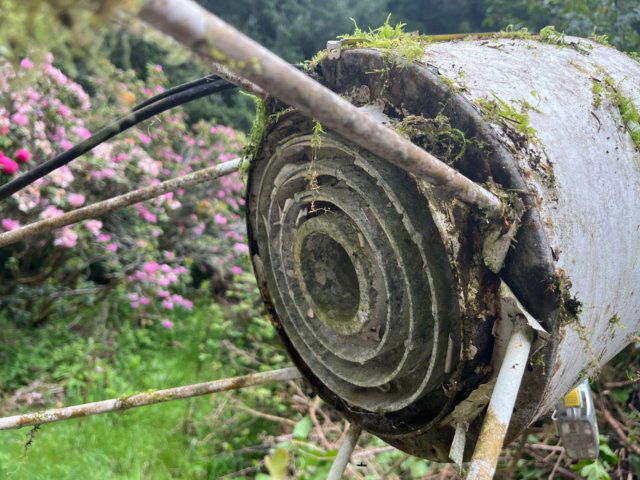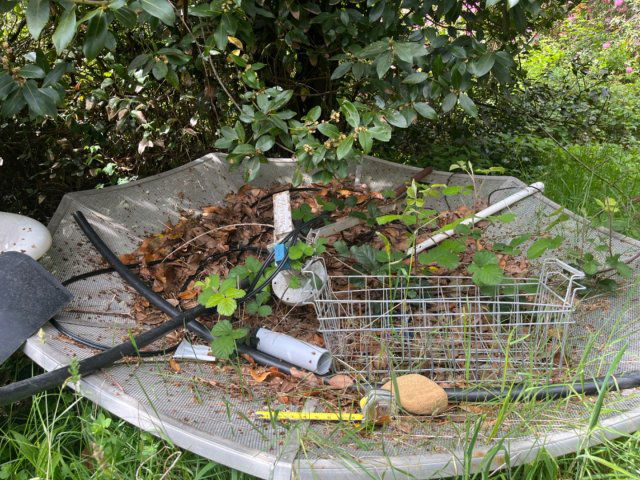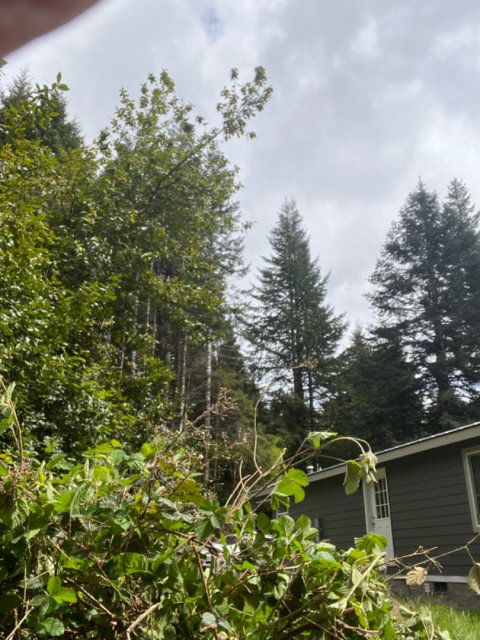Hello,
I am in rural western Oregon and I have a solid aluminum Birdview dish on a horizon to horizon mount. It's around 10 feet in diameter. It used to work, late in the last century, but has been surrounded by blackberries for several decades.
I am planning to resurrect it so I've been reading a lot here and elsewhere.
I'm thinking about signing up for service from Rainier and I would appreciate anything any of you have to say about that. The required receiver they sell is expensive but the same model is available used for much much less. Might it be prudent to buy a used one for experimentation and then, if I can get the system functioning and decide to go with Rainier, could I use a splitter and get FTA and Rainier's service at the same time (on a second TV)?
Rainier sells a guide for $85. Is it very useful for my situation?
I have read on this forum about adding limit switches as a common upgrade. Obviously, something must already be in place to keep the dish from moving too far. Why are limit switches needed? Are any other upgrades needed or advisable?
I also read about extending the rods that hold the LNB. Also about modifying the scaler. Are those modifications only relevant to ku band?
I've read that I'd need to enlarge some holes to mount a new LNBF with 5g filters. Otherwise should it be ready to receive c band as is?
Thank you very much for your time and attention.
I am in rural western Oregon and I have a solid aluminum Birdview dish on a horizon to horizon mount. It's around 10 feet in diameter. It used to work, late in the last century, but has been surrounded by blackberries for several decades.
I am planning to resurrect it so I've been reading a lot here and elsewhere.
I'm thinking about signing up for service from Rainier and I would appreciate anything any of you have to say about that. The required receiver they sell is expensive but the same model is available used for much much less. Might it be prudent to buy a used one for experimentation and then, if I can get the system functioning and decide to go with Rainier, could I use a splitter and get FTA and Rainier's service at the same time (on a second TV)?
Rainier sells a guide for $85. Is it very useful for my situation?
I have read on this forum about adding limit switches as a common upgrade. Obviously, something must already be in place to keep the dish from moving too far. Why are limit switches needed? Are any other upgrades needed or advisable?
I also read about extending the rods that hold the LNB. Also about modifying the scaler. Are those modifications only relevant to ku band?
I've read that I'd need to enlarge some holes to mount a new LNBF with 5g filters. Otherwise should it be ready to receive c band as is?
Thank you very much for your time and attention.





